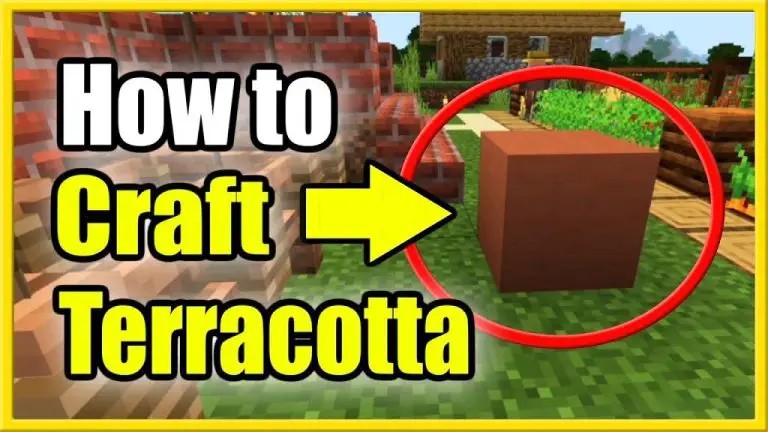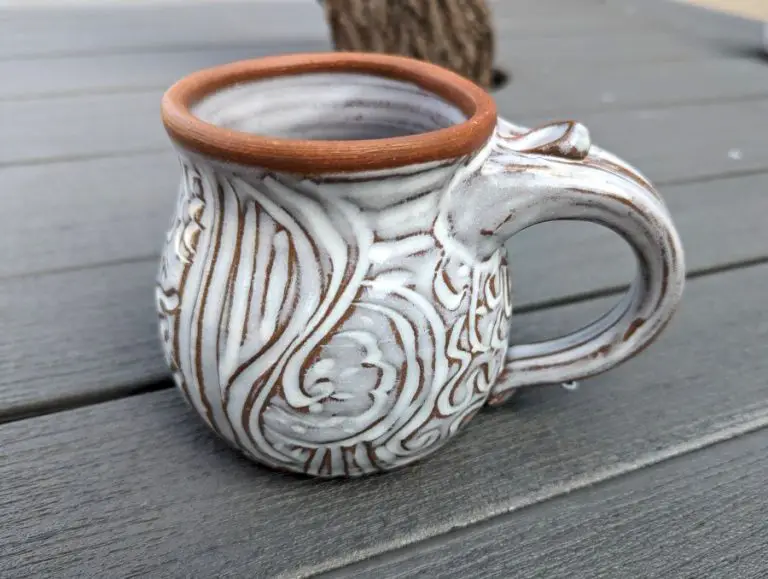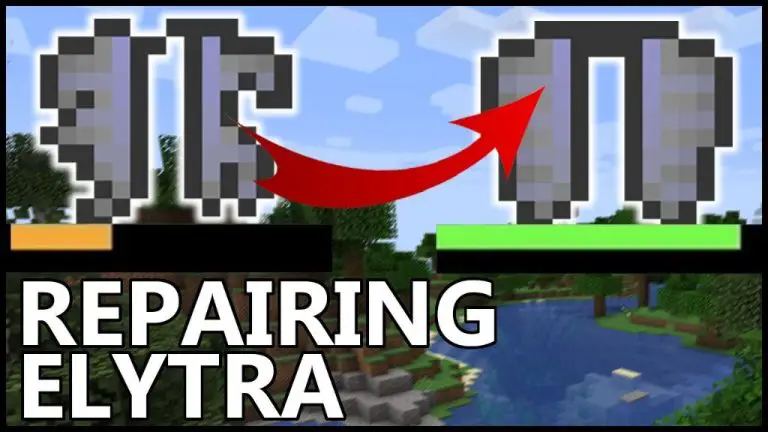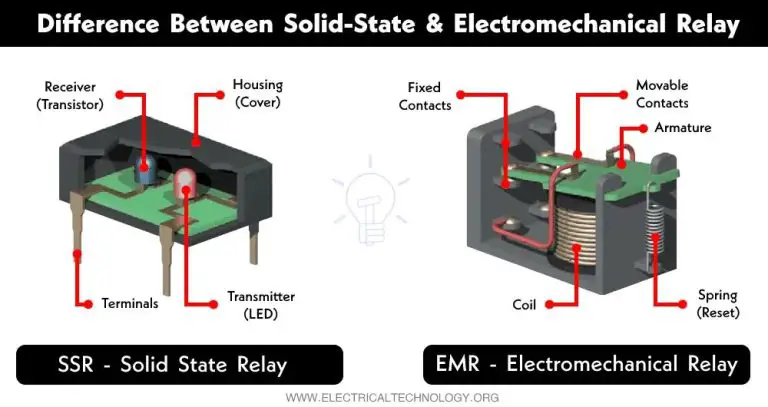Are Pottery Barn Kids Cribs Safe?
Pottery Barn Kids is a popular retailer of high-end children’s furniture, bedding, decor and more. Founded in 1999, it’s a sub-brand of the parent company Williams-Sonoma. Pottery Barn Kids offers a wide selection of cribs in various styles such as traditional, modern, and convertible.
Their crib collection includes bestselling models like the Cambridge crib, Emerson crib, and Mackenzie crib. Many of their cribs feature adjustable mattress heights, three adjustable positions, and the ability to convert to a toddler bed, daybed, and full-size bed for continued use. They are designed for safety, with JPMA (Juvenile Products Manufacturers Association) certification, and constructed from solid wood and non-toxic finishes.
With their popularity, many parents wonder: Are Pottery Barn Kids cribs safe? This article will examine Pottery Barn Kids crib safety standards, reviews, recall history, and provide tips for safe usage.
Crib Safety Standards
There are several key crib safety standards in the United States that aim to prevent injuries and deaths from issues like slat entrapment, falls, and crib collapse. The main standards include:
JPMA (Juvenile Products Manufacturers Association) – This is a voluntary standard that contains safety requirements related to materials, construction, slat spacing, mattress fit, and more. As of 2010, gaps cannot exceed 2 3/8 inches between slats (1).
ASTM (American Society for Testing and Materials International) – The ASTM F1169 standard aligns closely with federal standards. It mandates requirements for crib components like slats, mattresses, crib sides, and hardware (2).
CPSC (Consumer Product Safety Commission) – Federal regulations enforced by the CPSC dictate required dimensions, construction methods, and testing. There are also bans on features like drop-side rails (3).
These standards work together to ensure cribs meet safety criteria on design, structure, durability, and performance. While voluntary standards like JPMA may be more rigorous, following federal CPSC guidelines is mandatory for all crib manufacturers and importers.
Pottery Barn Kids Crib Safety Testing
All Pottery Barn Kids cribs undergo rigorous safety testing to ensure they meet or exceed all applicable safety standards. According to their website, Pottery Barn Kids tests their cribs to meet or exceed all applicable standards from ASTM International and the Juvenile Products Manufacturers Association (JPMA) (1).
Some key safety tests Pottery Barn Kids cribs undergo include (1):
- Static load tests – Applying weight to different parts of the crib to ensure stability.
- Impact tests – Dropping a weight onto the crib to test sturdiness.
- Teething rail tests – Applying pressure to ensure rails don’t come loose when chewed on.
- Mattress support tests – Applying force on the mattress platform to ensure it doesn’t collapse.
- Wood strength tests – Applying expanding force to test wood integrity.
- Finishing tests – Ensuring finishes are non-toxic and meet safety standards.
Per federal regulations, Pottery Barn Kids also tests their cribs for issues like proper sizing, placement and operation of hardware, durability, and avoidance of sharp points/edges (1). Their goal is to ensure the cribs are structurally sound and promote safe sleep.
(1) https://www.potterybarnkids.com/tips-and-ideas/pbk/when-to-lower-crib/
Common Safety Issues
There are several common safety issues to watch out for with cribs:
Slat spacing – The space between crib slats should not exceed 2 3/8 inches so a baby’s body cannot fit through the slats, according to CPSC crib safety standards. Any wider spacing poses a risk of entrapment or suffocation.
Mattress fit – Make sure the mattress fits snugly in the crib frame. You should not be able to fit more than two fingers between the edge of the mattress and crib side, as per KidsHealth recommendations. Any gaps could lead to entrapment.
Protruding hardware – Loose, missing, or improperly installed screws, bolts, knobs, or other hardware can catch on a baby’s clothing and pose a strangulation hazard. Check regularly that all hardware is secure and enclosed.
Crib integrity – Look for any broken slats, splinters, peeling paint or finish, or other damage. Weak spots in the crib structure put babies at risk.
Mattress support – Make sure the mattress foundation is sturdy and doesn’t sag. An uneven sleeping surface could cause babies to roll and get trapped between the mattress and crib side.
Pottery Barn Crib Reviews
Pottery Barn Kids cribs generally receive positive reviews from parents, though some have reported issues. On their website, most Pottery Barn cribs have 4+ star ratings, with parents praising the quality and stylish design.
Some negative reviews cite problems with difficult assembly, missing hardware, and quality control issues like scratches or dents out of the box. A few reviews for models like the Kendall and Emerson mention issues with cracking or breaking over time.
There are also some complaints about the lack of toddler conversion kits for certain Pottery Barn cribs. Parents note you may need to purchase these separately, raising the total cost. A handful of reviews mention frustrations dealing with Pottery Barn’s customer service team to address damages or missing parts.
While most reviews are positive, there are some concerning reports of quality issues or parts breaking that suggest parents should thoroughly inspect and test Pottery Barn cribs upon purchase.
Crib Recall History
Pottery Barn Kids has had a few crib recalls over the years due to safety issues. In July 2010, Pottery Barn Kids recalled drop-side cribs sold between 1999 and early 2010. The drop-side railings on these cribs could malfunction or detach, creating a dangerous gap where infants could become entrapped and suffocate or strangle. Over 2 million cribs were recalled in cooperation with the Consumer Product Safety Commission (CPSC).
Another notable recall was in July 2023 when Pottery Barn Kids recalled their Penny Convertible Crib due to a laceration hazard. The crib’s mattress support bracket could become detached and expose jagged edges, posing a laceration risk if a child fell against the bracket (CPSC). Around 1,060 units were recalled in the United States and 40 in Canada.
While some Pottery Barn crib models like the Kendall, Larkin, and Fillmore have not been recalled, it’s important for parents to routinely inspect any crib for issues and discontinue use if problems arise. Pottery Barn does issue recalls when safety issues are identified in their products to prevent injuries.
Tips for Safe Crib Usage
Following proper safety guidelines and best practices when using your crib can help reduce the risk of injury and keep your baby sleeping soundly. The CPSC recommends always placing babies on their backs when sleeping to reduce the risk of SIDS. Make sure the mattress fits snugly in the crib frame with no more than two fingers width between the mattress and crib side. Use fitted sheets that are tight around the mattress to prevent loose bedding from bunching around baby’s face and posing a suffocation hazard. Do not use pillows, loose blankets, bumpers or stuffed animals in the crib, as these can also pose suffocation risks. Set the mattress at the lowest level as soon as your baby can pull up to standing, which is typically around 5 months old, and make sure the crib is placed away from windows and cords. It’s also important to stop using the crib when your child reaches the manufacturer’s recommended height/weight limit for that model.
Signs of Unsafe Cribs
When inspecting a crib for safety, there are several red flags to watch out for. According to the U.S. Consumer Product Safety Commission (CPSC) Crib Safety Tips, some signs that a crib may be unsafe include:
- Missing, loose, broken, or improperly installed screws, brackets, or other hardware on the crib
- Gaps between crib slats more than 2 3/8 inches apart, which could allow a baby’s body to fit through and entrap them
- Corner posts over 1/16 inch high, which could catch clothing and strangle a baby
- Cutout openings in the headboard or footboard that could trap a baby’s head and neck
- Poor quality or damaged mattress that does not fit the crib tightly
- Drop sides that detach or lowering sides that don’t function properly and could collapse
Parents should also check for splintered, cracked, peeling, or deteriorating wood that could be hazardous. According to What to Expect, older cribs made prior to strict safety standards often lack essential safety features. Carefully inspecting a crib and being aware of potential hazards can help protect babies.
Crib Alternatives
While traditional cribs are the most common option for infant sleep, there are some alternatives that parents may want to consider as well. Some popular crib alternatives include:
– Bassinets – Bassinets provide a cozier, smaller sleep space for newborns and young infants. Many bassinets can be moved from room to room or used as a bedside sleeper. Bassinets should meet the same safety standards as cribs.
– Mini cribs – Mini cribs are smaller and more portable than standard cribs, making them a good option for travel or small spaces. They have adjustable mattress heights and removable sides like traditional cribs.
– Co-sleepers – Co-sleepers or bedside bassinets attach to the parent’s bed to allow babies to sleep nearby. This allows for easier nighttime feeding and bonding. Co-sleepers should have firm mattresses and enclosed sides.
– Bedside sleepers – Similar to co-sleepers, bedside sleepers sit next to the parent’s bed. However, they have full enclosed sides and are freestanding.
No matter what sleep option is chosen, it’s critical to follow safe sleep guidelines like placing babies on their backs without loose bedding.
Conclusion
Overall, crib safety should be the top priority when choosing a crib for your nursery. Pottery Barn Kids offers high quality, stylish cribs that meet the latest safety standards and undergo rigorous third-party testing. While no crib can be guaranteed 100% safe, always follow all usage instructions, perform regular maintenance checks, and watch for any signs of loosening, damage or wear and tear. Consider converting to a toddler bed when your child is old enough. Ultimately the safest sleeping environment is one that works for both you and your child, so don’t hesitate to explore crib alternatives that align with your parenting philosophy.






